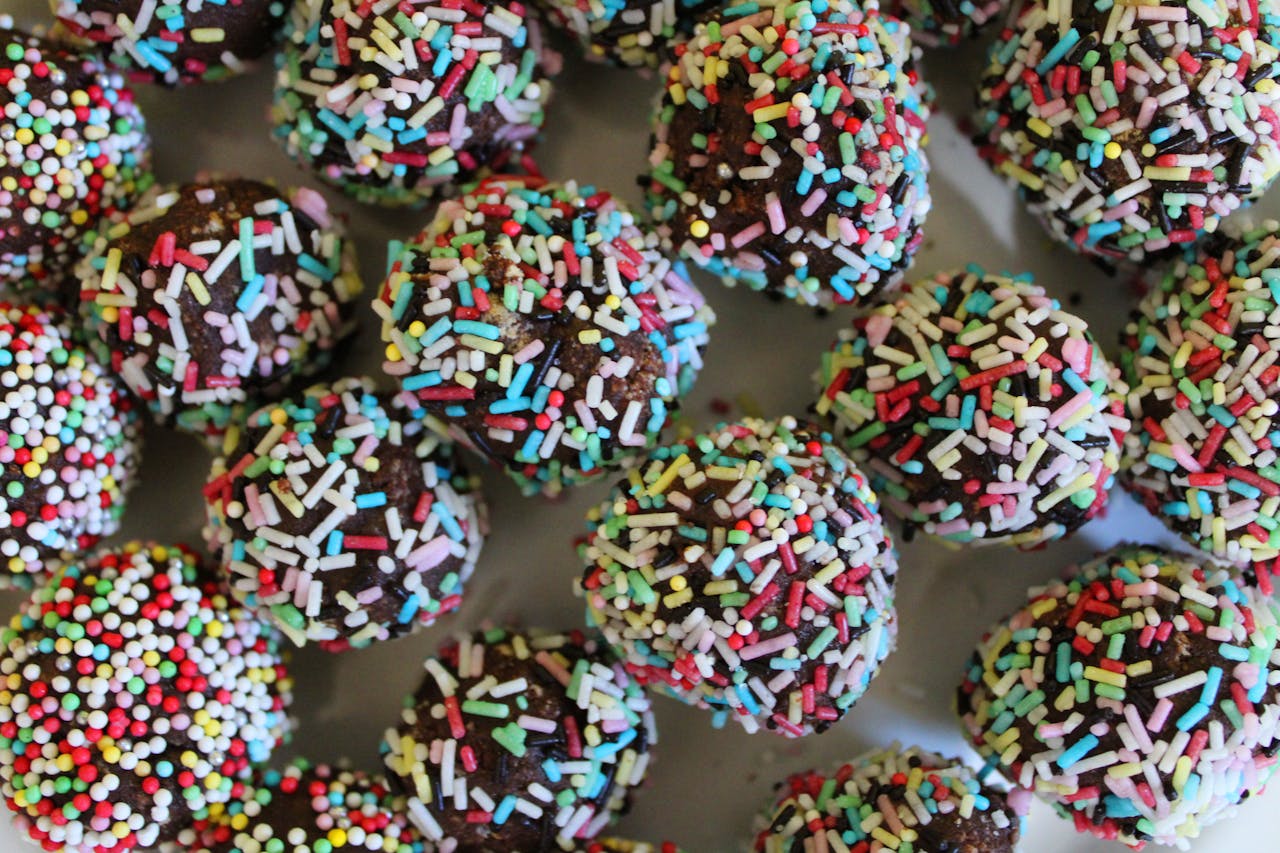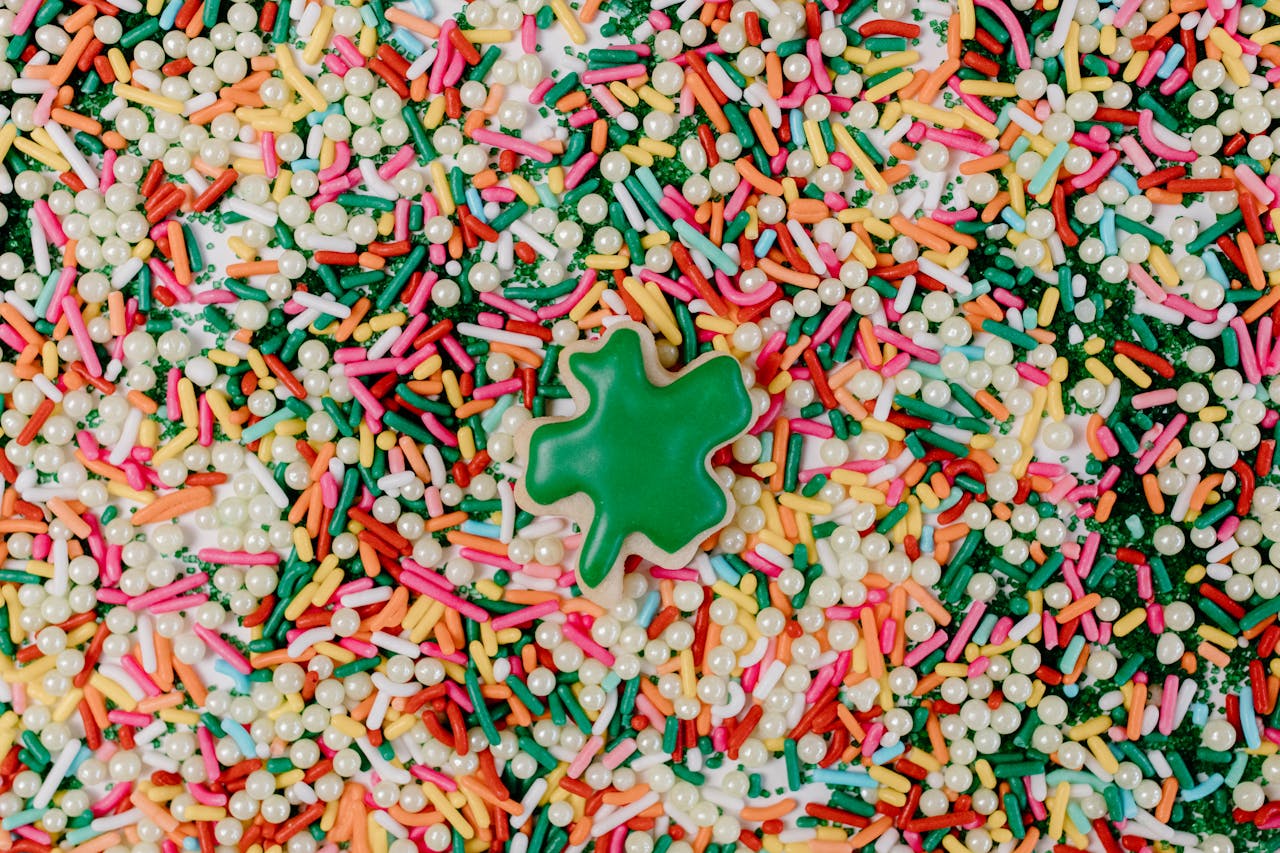Artificial coloring in food is a contentious issue for many shoppers, particularly those who are concerned about the ingredients in their groceries. Over the past decade, a surge in consumer demand has prompted brands to remove artificial coloring from their products, promising more natural ingredients and cleaner labels. But recently, some brands have quietly reversed course, reintroducing artificial coloring without much fanfare. This shift can be confusing and frustrating for families trying to make informed choices. Understanding which brands have made these changes—and why—can help you shop smarter and avoid unwanted additives in your pantry.
If you’re concerned about artificial coloring, you’re not alone. Many parents and health-conscious shoppers are paying closer attention to ingredient lists, especially as research continues to link certain artificial dyes to behavioral issues in children and potential health risks for adults. Staying informed about which brands have brought back artificial coloring is essential for anyone who wants to keep their grocery shopping as healthy and transparent as possible.

1. Kraft Macaroni & Cheese
Kraft made headlines a few years ago when it removed artificial coloring from its iconic macaroni and cheese, switching to natural alternatives like paprika and turmeric. However, some of its specialty and international versions have quietly reintroduced artificial coloring, particularly Yellow five and Yellow 6. If you’re buying Kraft products outside the classic blue box, double-check the label to ensure you’re getting the genuine product. This change highlights the importance of reading ingredient lists, even for brands that once claimed to offer cleaner recipes.
2. Froot Loops
Froot Loops is a cereal that’s always been known for its bright, rainbow colors. A few years ago, Kellogg’s announced a move toward natural coloring, but recent boxes have quietly brought back artificial dyes like Red 40, Blue 1, and Yellow 6. This switch is easy to overlook unless you’re closely examining the ingredients. If you’re trying to avoid artificial coloring, consider alternatives or store brands that still use natural colors. The return of artificial coloring in Froot Loops serves as a reminder that brand promises can evolve over time.
3. Doritos
Doritos, especially the classic Nacho Cheese and Cool Ranch flavors, once touted a move toward more natural ingredients. However, recent ingredient lists show the return of artificial coloring, including Yellow 6 and Red 40. These dyes help maintain the chips’ signature bold look, but they’re not necessary for flavor. If you’re sensitive to artificial coloring or shopping for kids, look for baked or organic versions, which often skip the synthetic dyes. Staying vigilant about ingredient changes is key when it comes to snack foods.
4. M&M’s
M&M’s have always been colorful, but Mars, Inc. once pledged to phase out artificial coloring in favor of natural alternatives. That pledge has quietly faded, and artificial dyes like Blue 1, Yellow 5, and Red 40 are back in the mix. While the company cites consistency and consumer preference for the return, it’s a setback for those seeking dye-free treats. If you want to avoid artificial coloring, look for specialty or limited-edition M&M’s that use natural colors, or try chocolate brands that commit to clean ingredients.

5. Gatorade
Gatorade’s bright colors are part of its brand identity, but a few years ago, the company removed brominated vegetable oil and some artificial dyes from select flavors. Recently, however, artificial coloring has made a comeback in several varieties, especially the classic flavors. This change is subtle and often goes unnoticed unless you’re reading the fine print. For those who want to avoid artificial coloring, consider clear or organic sports drinks, or make your own electrolyte beverages at home. For more on food dye regulations, see the FDA’s guidance.
6. Pop-Tarts
Pop-Tarts have always been a colorful breakfast treat, but Kellogg’s has begun using more natural colors in some varieties. Now, artificial coloring, such as Red 40 and Blue 1, has returned to many flavors, especially those of the frosted and limited-edition varieties. If you’re shopping for kids or want to avoid synthetic dyes, check the label every time, as ingredients can change without much notice. Homemade toaster pastries or organic brands can be a safer bet for those avoiding artificial coloring.
7. Betty Crocker Fruit Snacks
Betty Crocker’s fruit snacks, including popular lines like Fruit Roll-Ups and Gushers, once advertised a move to natural colors. However, artificial coloring has made a comeback in many varieties, particularly in multi-pack boxes and special editions. These snacks are often marketed to children, making it even more important to scrutinize the ingredient list. If you’re looking for dye-free options, some store brands and organic alternatives still use only natural coloring.
Staying Ahead of Sneaky Ingredient Swaps
The return of artificial coloring in these popular brands is a wake-up call for anyone who cares about what’s in their food. Ingredient lists can change without notice, and brands may not always announce when they reintroduce artificial coloring. The best way to protect yourself and your family is to read labels every time you shop, even for products you’ve trusted in the past. Staying informed and sharing information with other shoppers can help keep brands accountable and encourage more transparency in the grocery aisle.
Have you noticed artificial coloring sneaking back into your favorite foods? Share your experiences or tips in the comments below!
Read More
5 Groceries Not to Buy at Costco If You Want to Save Money
What to Buy at Trader Joe’s If You Want to Save Money on Groceries
The post 7 Brands That Quietly Added Artificial Coloring Again appeared first on Grocery Coupon Guide.







